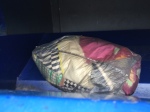Fiftythings2016: For twelve months I am confining my wardrobe to fifty items which as far as practically possible will be composed of natural fibres.
WHY would you want to do that? So many people have asked me this question since I started my fifythings2016 project. Hence I feel like I have some explaining to do. And yes, sometimes I ask myself this question too. 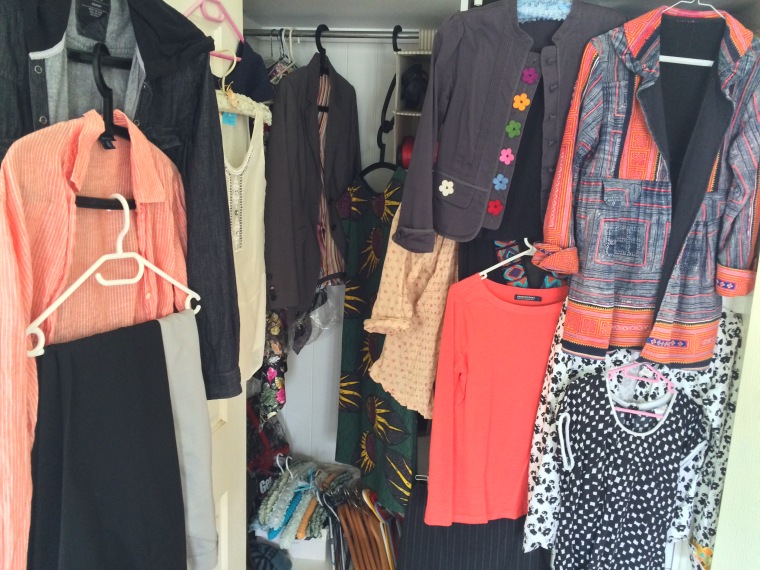
An ounce of practice is generally worth more than a ton of theory. EF Schumacher, Small is Beautiful
WHAT is the project? A small wardrobe of natural fibre clothes was chosen to show that even with what would be considered minimal choices by most women living in Australia today, it is possible to be stylish and appropriately dressed across the full range of engagements a professional person has: from exercising to the theatre, from public speaking to funerals. All with just fifty items in the wardrobe…or thereabouts. All of the items have been in my wardrobe prior to the start of 2016, some of them for many years, like my 40 year-old-sarong. About 60% of the items were purchased second hand. I am upfront about a couple of cheats.
Cheat number one: each pair of shoes and socks counts as one item only. Cheat number two: a pair of shorts, one t-shirt, a hoodie, one pair of socks and one long-sleeved gardening shirt are lumped together as one item called active wear. The fifty item count doesn’t include swimmers or rain-jacket.
WHY are you doing that? I am alarmed at how we are encouraged to buy, buy, buy: particularly when it comes to clothing. And this isn’t just the case for women. Men are also in the sights of the marketing gurus. I see the fashion industry as preying on people’s insecurities in a particularly negative way. So much of what I read online, in magazines, in newspapers, and what I see on ‘reality’ television is about personal appearance. The age of the selfie may provide a positive opportunity for people to constantly reinvent themselves but it is also about having to create a narrative in which everyone is an enviable glamorous/funky/street-credible/fash-rev clothes-horse. But what will be the personal, financial, psychological and environmental cost? How much fashion can the planet support?
I chose natural fibres as I prefer how they feel, how they last and I like to think they are more sustainable in the long run. But is this true? Unfortunately even what we consider ‘natural’ textiles are commercially created using processes that are far from environmentally friendly. The O Ecotextile website lists some sixteen different individual chemical processes which are frequently used in the treatment, production and processing of cloth.
More positively I decided on this project after travelling through Europe in winter and subsequently through Argentina and Chile in summer each time for about 40 days with just a small carry-on suitcase. And still there were clothes I carried that never left the suitcase. I loved how having a limited choice made the ‘What will I wear?’ question a so much easier to answer. And I loved how the limited choice freed up my mind, mostly, and my time, to focus on more important things.
Finally, I love op-shopping. Since I was about thirteen I have loitered in second-hand shops. Whenever I go to new place in Australia or travel to a new country it is a bonus to see what treasures can be found in a charity shop. This project is a chance to show how fabulous recycled clothing is. It certainly saves money and it may contribute in a small way to reducing the amount of stuff on the planet. I don’t think that can be a bad thing.
WHAT do you hope to achieve? I hope to show that living small in terms of wardrobe is a positive stylish decision if choices are carefully made about what goes into the wardrobe in the first place.
I want to encourage others to think about the clothing purchases they make. Too many people have spent on impulse and have walk-in wardrobe bulging with things they don’t even like.
Each day I post on my Facebook page a shot of what I am wearing and a brief comment. This is to encourage discussion and thoughtfulness about our clothing choices. Especially ‘Do I need to buy that new thing?’

I hope this project will generate consideration and discussion of the idea of ‘smaller’ living: how your clothes are made and how they get to you, tiny houses, the source and content of our food, food miles, slow food, and sustainable living in all its guises including logistics and transport.
WHO am I?I am a self-employed writer and word wrangler, a full-time student completing a Doctorate of Creative Arts, a public speaker and workshop presenter, cyclist and cook. I love reading, watching birds, people and movies, walking my dog and gardening. I volunteer for several community groups. I live in Brisbane, Australia.
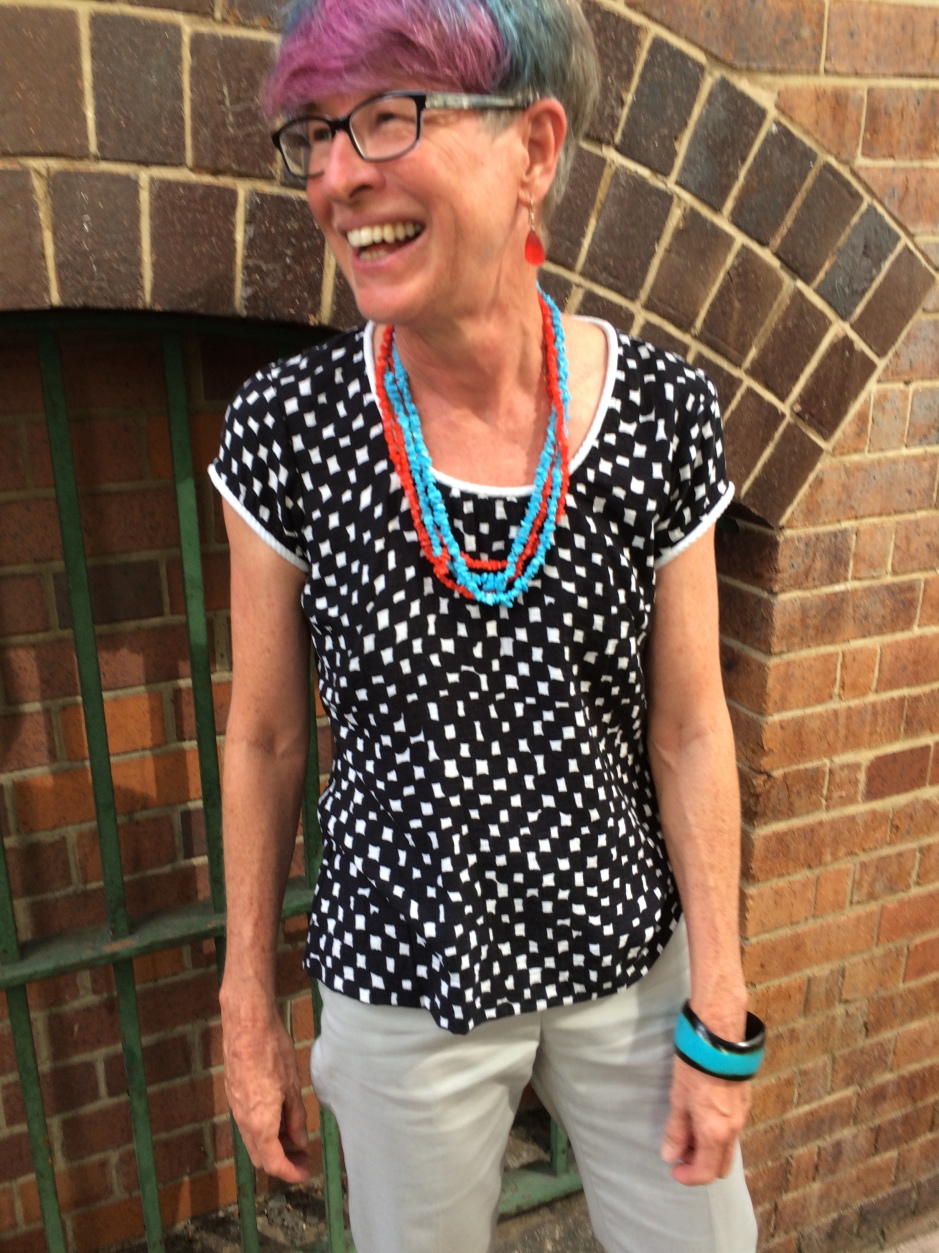
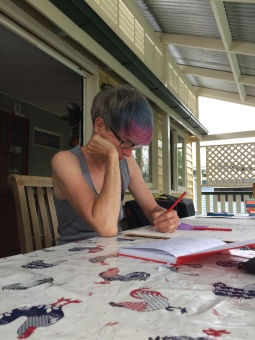 In the days before Christmas 2015 I rationalised my wardrobe significantly by singling out pretty much all of the items that were not 100% natural fibres. As someone who has always championed natural fibres for their higher comfort factor, I was surprised by how many items had crept into my cupboards that were not in this category. Particularly I notice women’s trousers and suits are often made out fabrics designated ‘European fabric’ with no actual detail of the components.
In the days before Christmas 2015 I rationalised my wardrobe significantly by singling out pretty much all of the items that were not 100% natural fibres. As someone who has always championed natural fibres for their higher comfort factor, I was surprised by how many items had crept into my cupboards that were not in this category. Particularly I notice women’s trousers and suits are often made out fabrics designated ‘European fabric’ with no actual detail of the components.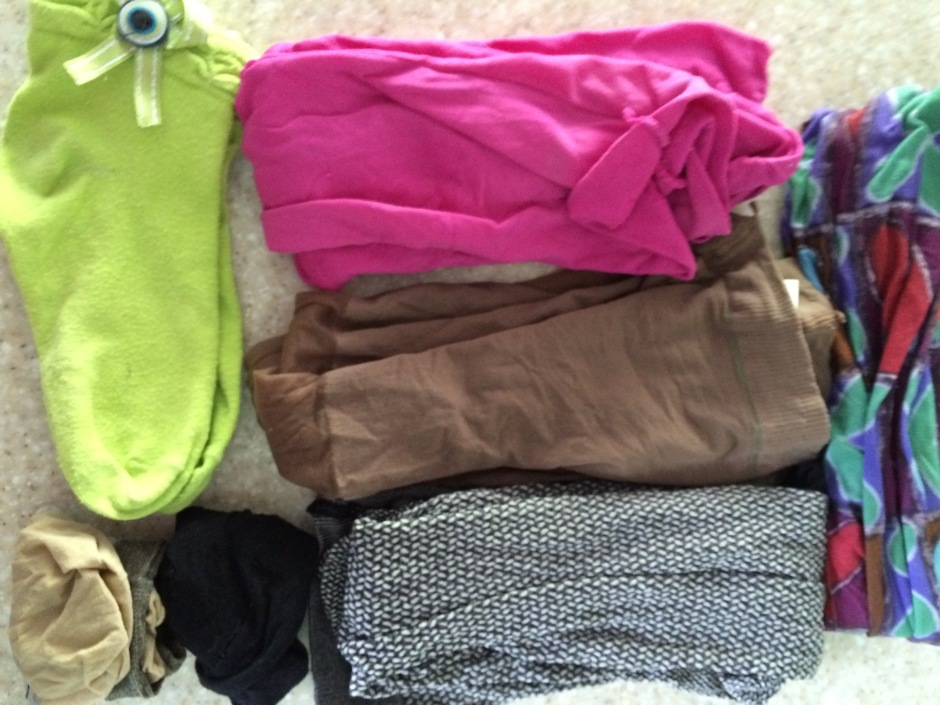


 producing ‘nylons. ’ Dupont retooled during WW11 to produce parachutes, rope & cord and the shortage created a black market for stockings.
producing ‘nylons. ’ Dupont retooled during WW11 to produce parachutes, rope & cord and the shortage created a black market for stockings.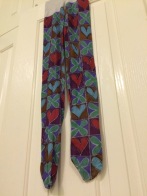 our humid climate this just makes no sense in the summer. But tights and pantyhose can make cool winter mornings and evenings bearable, especially if you choose zany bright colours. A good friend and former colleagues named me
our humid climate this just makes no sense in the summer. But tights and pantyhose can make cool winter mornings and evenings bearable, especially if you choose zany bright colours. A good friend and former colleagues named me 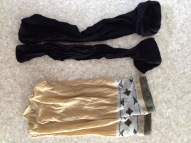 Nylon ankle socks or footlets certainly make boots and shoes easier to wear. But if I had my time over again I’d only buy footwear that enabled me to wear socks on my feet as they keep your toes warmer and are more comfy.
Nylon ankle socks or footlets certainly make boots and shoes easier to wear. But if I had my time over again I’d only buy footwear that enabled me to wear socks on my feet as they keep your toes warmer and are more comfy.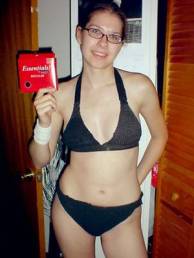

 What are the ethical questions around second hand clothes? When recently I culled my wardrobe of unnatural textiles, shedding everything not 100% cotton, pure wool, linen or silk, some said I was being wasteful and challenged my ‘dumping’ unwanted things.
What are the ethical questions around second hand clothes? When recently I culled my wardrobe of unnatural textiles, shedding everything not 100% cotton, pure wool, linen or silk, some said I was being wasteful and challenged my ‘dumping’ unwanted things.